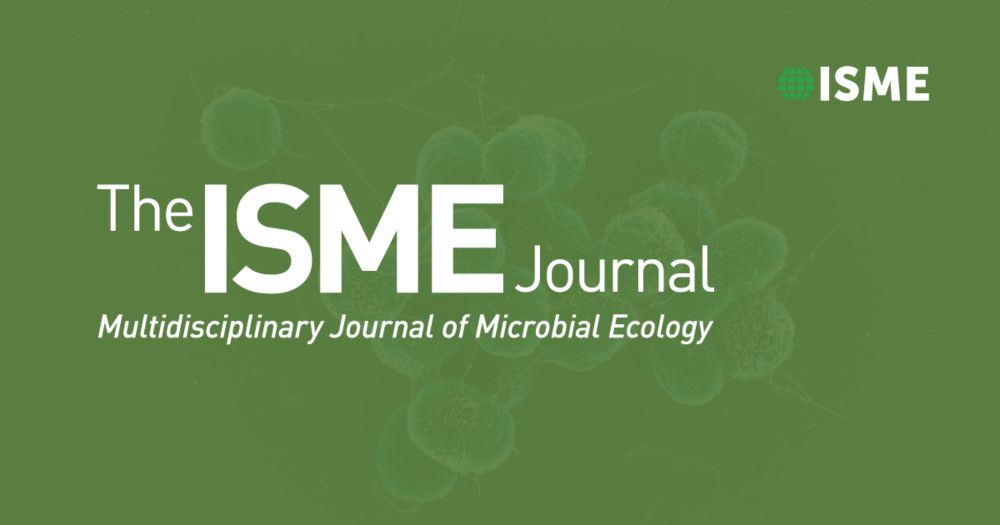Steven Robbins
@stevenjrobbins.bsky.social
3.4K followers
500 following
760 posts
Do my science @ace_uq studying coral reef microbiomes. Data wrangler, meta-omics and long-read wonk, clean energy enthusiast, Saganist zealot, collector of weird zoology facts, other nonsense.
Posts
Media
Videos
Starter Packs
Reposted by Steven Robbins
Reposted by Steven Robbins
Reposted by Steven Robbins
Reposted by Steven Robbins













